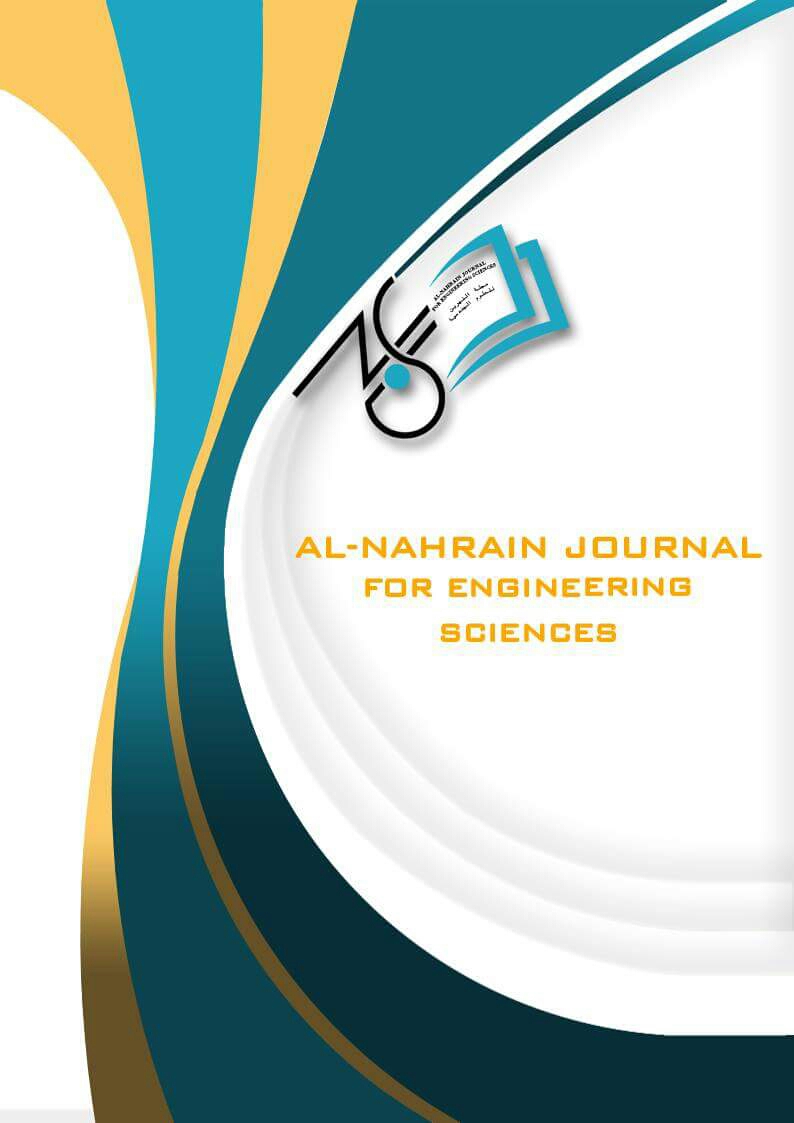Thermal Energy Shifting Using Thermal Energy Storage with Solar Assisted System for Space Cooling Application
DOI:
https://doi.org/10.29194/NJES.23030216Keywords:
TES, PCM, Energy Shifting, Space Cooling, Solar Assisted System, Charging and DischargingAbstract
Due to the instability and irregular of national electric power suppled to residence sector in Iraq for long term history, attracted researchers interest to strive for solutions, and associated challenge dry and very hot summer season in Iraq on air conditioning application, A test room full size prototype was constructed in Baghdad, its size 33.5m3, the room is built from very good thermal insulation Autoclave Aerated Concrete AAC with white panted Concrete roof, test room is exposed to solar radiation during entire day, thermal energy shifted by time using thermal energy storage TES containing PCM, PCM is soft paraffin its phase inversion temperature (29 to 27)°C, thermal energy was shifted from night timing by cooling down TES (Discharging PCM) to peak time 11:00 am to 02:00 pm, the testes were carried out over entire summer season April to October, the results showed thermal energy can shift to by any quantity and time based on mass of PCM and enthalpy, electrical energy saved at peak time 52.5% of total power spent over season 2.7KW/day, Only 27% of electric energy utilized to discharge PCM during night, about 43% of heat lose is sourced from exposed roof, melting and solidification of PCM temperature must be within indoor comfort range 23 to 28 ?C to release or absorb the latent heat 41kJ/kg.
Downloads
Downloads
Published
Issue
Section
License
The authors retain the copyright of their manuscript by submitting the work to this journal, and all open access articles are distributed under the terms of the Creative Commons Attribution-NonCommercial 4.0 International (CC-BY-NC 4.0), which permits use for any non-commercial purpose, distribution, and reproduction in any medium, provided that the original work is properly cited.














